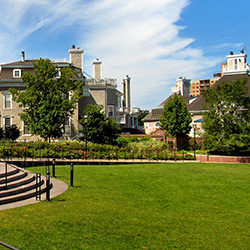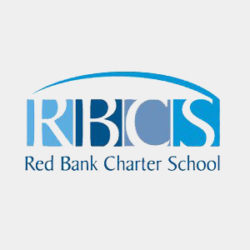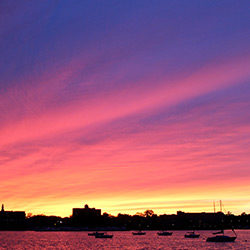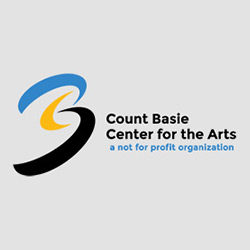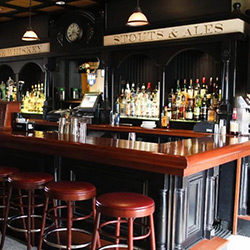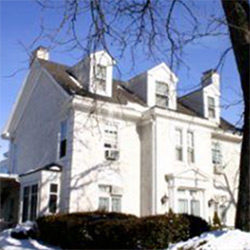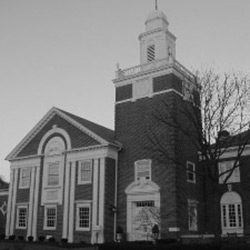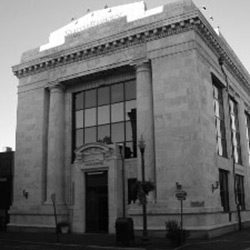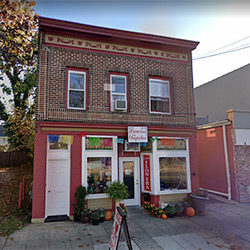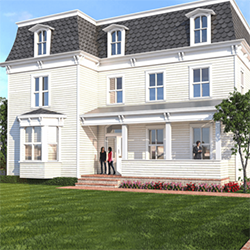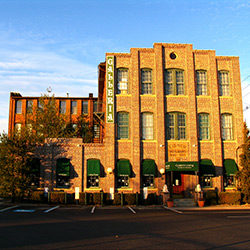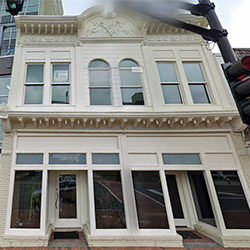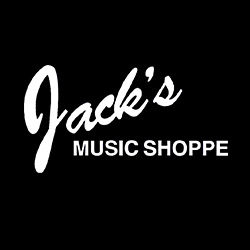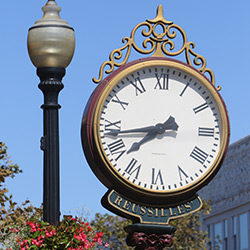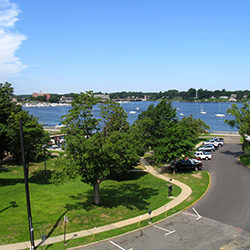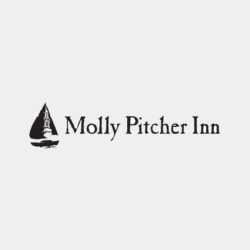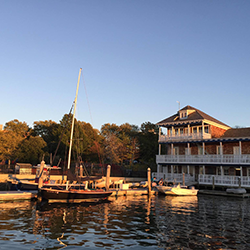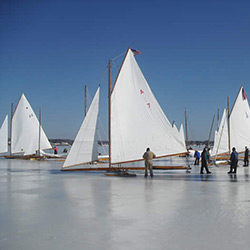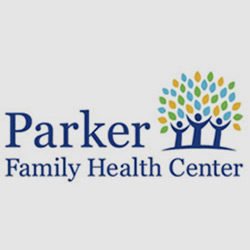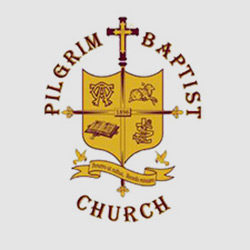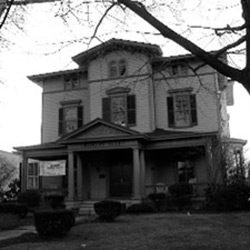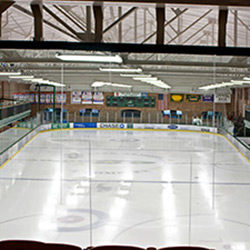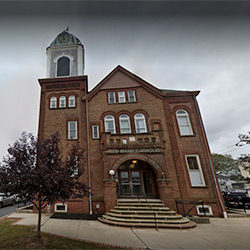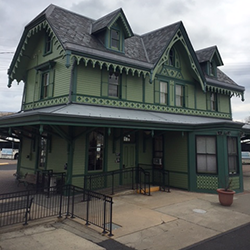Count Basie Center for the Arts, a 1926 historic theatre named after jazz great William James “Count” Basie who was born here in 1904, is located in the heart of downtown Red Bank. The Count Basie Theatre alone draws over 130,000 thousand people annually, in addition to the thousands who flock to Red Bank’s annual film and music festivals.
Opened on November 11, 1926 as a vaudeville theater and cinema, The Count Basie began life as The Carlton. It drew crowds until 1970, when highways and malls drew the crowds away from downtowns. In 1973, a significant private donation enabled the Monmouth County Arts Council to purchase the building. It was re-named after jazz great and Red Bank native William James “Count” Basie in 1984. The Count Basie Theatre became an independent non-profit corporation in 1999.
During the summer of 2008, the theater closed for an $8 million dollar renovation that included restoration of the plasterwork, decorative painting, infrastructure and HVAC work, new carpeting and lighting fixtures, new bars and merchandise counters, and the addition of a new VIP patron lounge.
